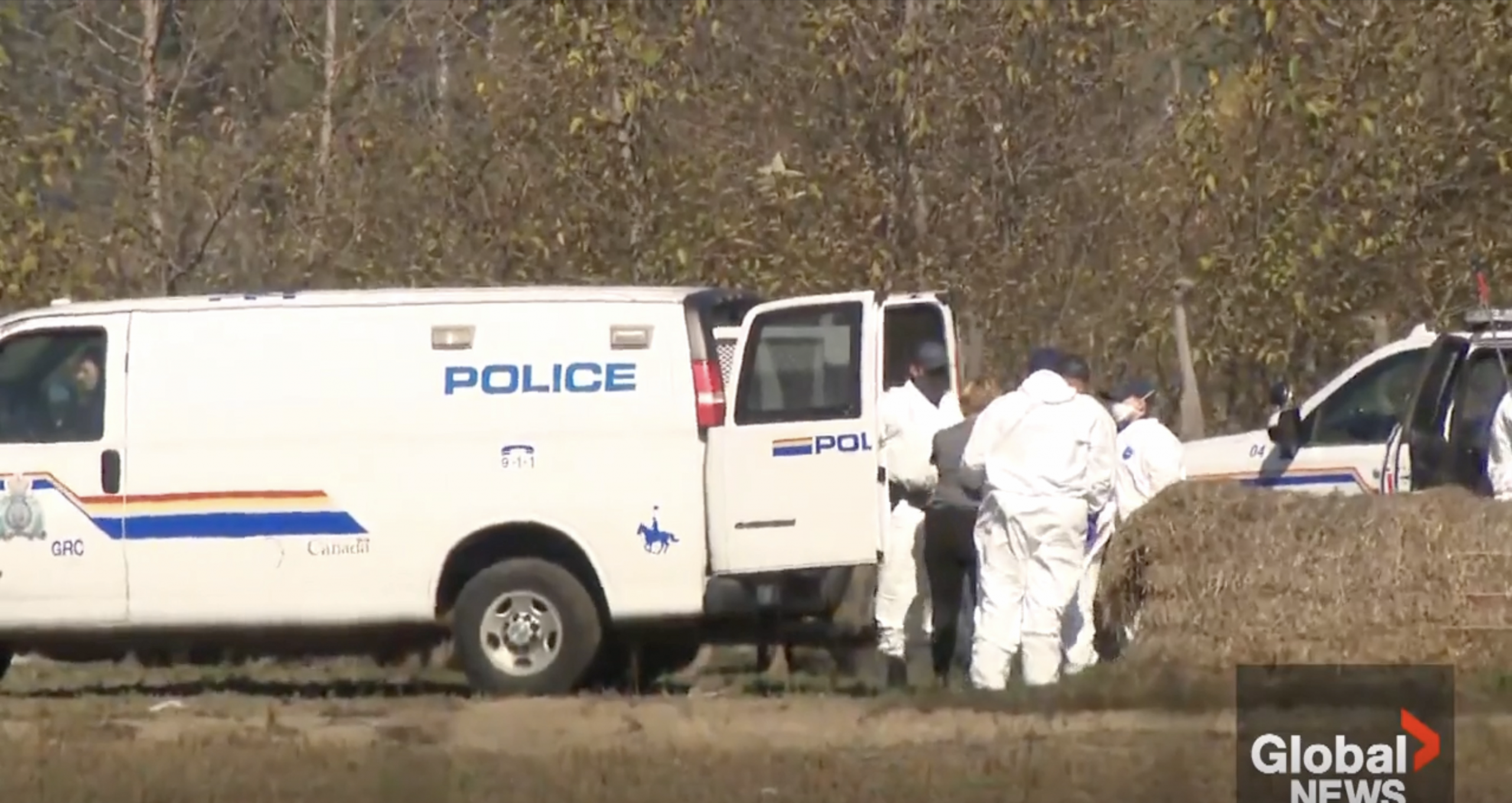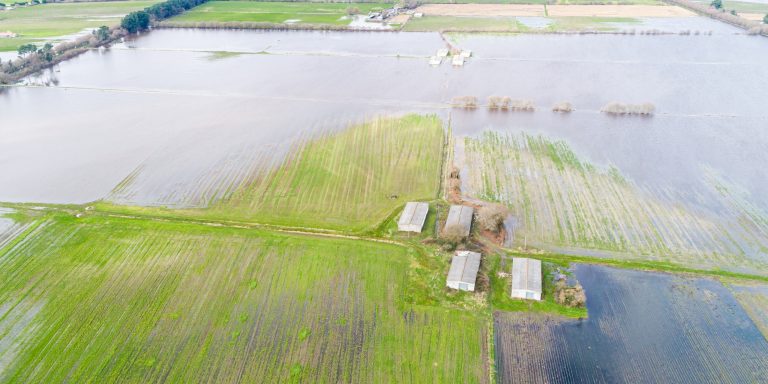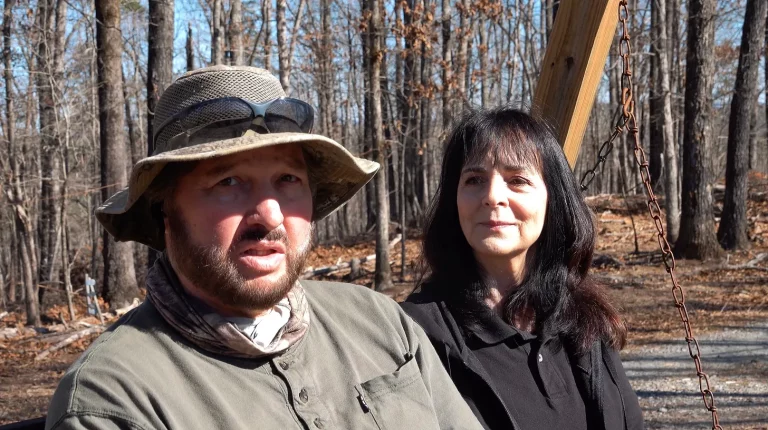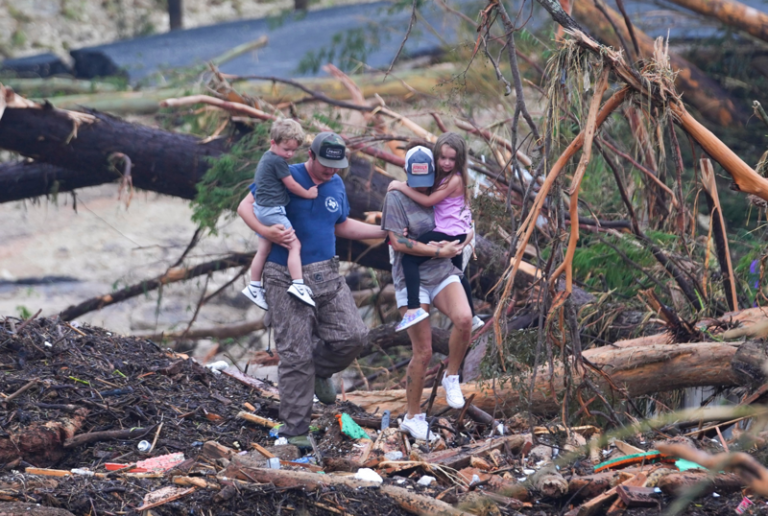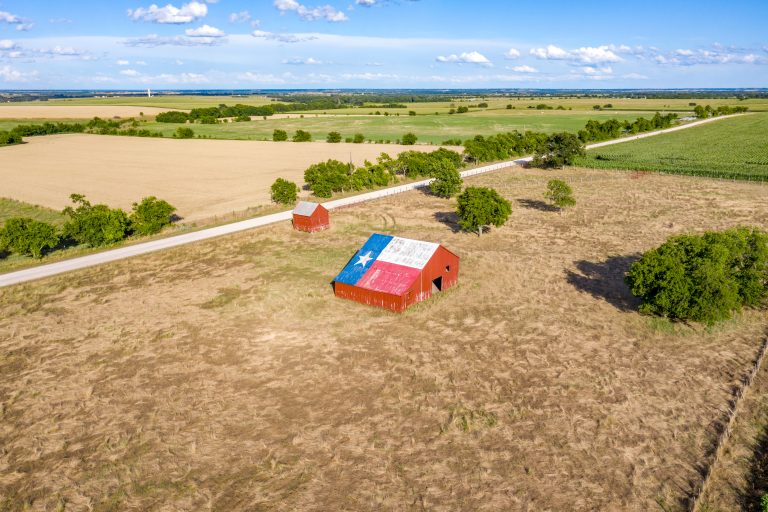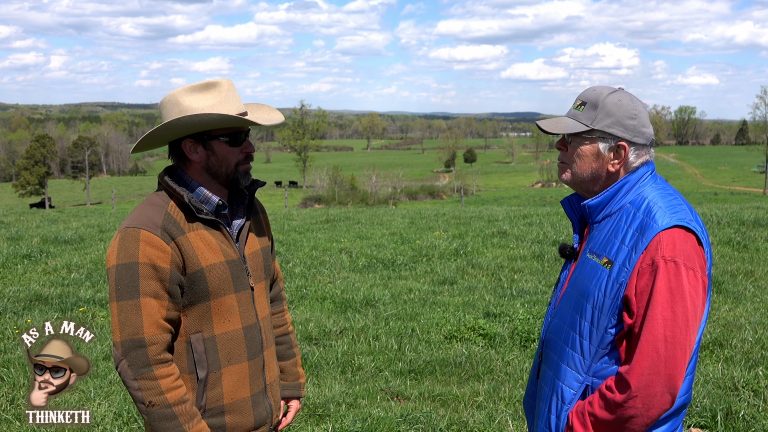Yanasa TV News
Hauled off in a paddy wagon for feeding their flock.
Canada’s Ostrich Standoff: When “Stamping-Out” Collides with Common Sense
A year after birds first fell ill, more than 400 ostriches in Edgewood, British Columbia, are still alive—and Canada is still poised to kill them under a rigid avian-flu playbook. That’s not science; that’s policy inertia. It’s time to pursue solutions that protect public health and respect farmers.
The backstory
In late 2024 and January 2025, Universal Ostrich Farm near Edgewood, B.C., reported bird deaths and tested positive for HPAI (H5N1). The Canadian Food Inspection Agency (CFIA) seized control and ordered the flock destroyed under Canada’s “stamping-out” policy—the WOAH-aligned default for infected/exposed premises. The owners contested the cull, arguing the birds had since stabilized with no new deaths for months and could help science understand survivorship. Courts initially sided with CFIA; in August, a federal appeals court allowed the cull to proceed.
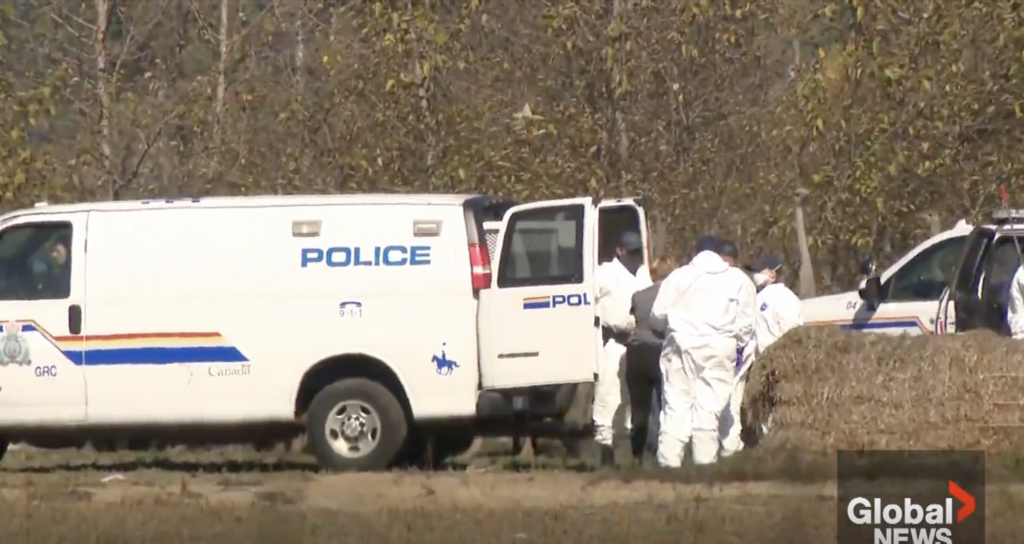
Momentum shifted this week. After intense public pressure (and high-profile U.S. interest), the Supreme Court of Canada granted an interim stay, pausing the cull while it considers whether to take the case. CFIA still controls the premises and the birds.
Recent events on the ground
- Arrests at the pens (Sept. 23–24): Two co-owners were arrested and later released after RCMP said they obstructed CFIA officers during operations at the farm. Supporters say they were trying to feed the birds; RCMP cited obstruction under the Health of Animals Act, not “feeding,” as the legal basis.
- Hay-bale fire (Sept. 24): A three-metre wall of hay bales CFIA set up to corral the flock was charred in an early-morning fire; portions smouldered as crews doused hotspots. Police called it under investigation and did not name suspects.
- Threats and tensions: As national coverage spiked, RCMP said they’re probing threats of violence against businesses linked to the planned cull.
Science vs. policy: Why farmers are right to push back
No one disputes that H5N1 is serious. But CFIA’s own materials describe stamping-out as a policy choice designed to minimize risk and protect trade status—not a law of nature. WOAH guidance acknowledges mass culls are often used, but also notes the economic and livelihood impacts on farmers and signals openness to additional tools (e.g., vaccination). Canada has even begun exploring vaccination because the current outbreak’s scale is testing the old rulebook.
Crucially, this flock has survived—months without new deaths, despite earlier positives. That survivorship is a scientific signal, not an inconvenience. Re-testing or structured surveillance (environmental sampling, sentinel testing under biosecurity) could inform risk and advance knowledge about recovery and shedding dynamics in ratites. Yet CFIA has said “policies do not provide for additional testing” once a premises is confirmed, because stamping-out is meant to end the story. That is fear of deviation, not evidence-seeking science.
“Making an example” vs. finding a solution
From a farmer’s vantage point, the optics are brutal: federal seizure, exclusion from pens, arrests for “obstruction,” a fortress of hay bales, and now a burned barrier—all while a still-living flock awaits destruction. Authorities defend this as impartial application of the national plan. But when the highest court issues a stay and the birds keep living, the refusal to consider measured, transparent alternatives looks less like prudence and more like deterrence—a message to every producer that challenging the playbook is futile.
A better path (that still protects public and animal health)
- Independent welfare & transparency: Publish daily feed/water/veterinary logs; allow third-party animal-welfare monitors. (Confidence grows when care is documented.)
- Controlled owner access: Supervised, PPE-compliant access for routine husbandry reduces conflict and arrests without undermining biosecurity.
- Targeted surveillance: Limited environmental and sentinel testing to characterize current risk—without pretending it “clears” an infected premises under trade rules.
- Conditional research relocation (if cull resumes): If eradication remains non-negotiable, partner with a high-containment research institution to humanely transfer a scientifically valuable subset under strict quarantine for study, rather than destroy all knowledge with the birds. (This option has been publicly floated by U.S. figures; Canada can set the bar and say what conditions would make it acceptable.)
Why this matters beyond one farm
The ostrich case is a stress-test for agri-public-health governance: can a modern system adapt when facts on the ground diverge from the template? WOAH’s standards create a floor; they don’t forbid smarter, more transparent approaches. Farmers are partners in biosecurity, not liabilities to be managed. When policy refuses to look at survivorship data, it undermines trust and invites exactly the polarization officials fear.
Timeline (key moments)
- Dec 2024–Jan 2025: Deaths and H5N1 confirmations at Universal Ostrich Farm; CFIA issues cull order under stamping-out policy.
- May–Aug 2025: Public debate grows; U.S. figures urge alternatives; Appeals court upholds cull (Aug. 22).
- Sept. 23–24, 2025: Co-owners arrested for alleged obstruction; hay-bale enclosure fire under investigation.
- Sept. 24–25, 2025: Supreme Court of Canada grants an interim stay, pausing the cull; RCMP probe threats linked to the dispute.
To Sum It Up
Killing a healthy-appearing, surviving flock without even limited, targeted surveillance isn’t “following the science.” It’s following a one-size-fits-all policy past its sell-by date. Canada can protect trade and public health and treat farmers like partners by adding measured, transparent steps before irreversibly ending a unique, potentially informative flock.
If this is the case Canada chooses to make an example, it will signal to every farm family that when they most need fairness and curiosity from their government, they’ll get force and inflexibility instead.

